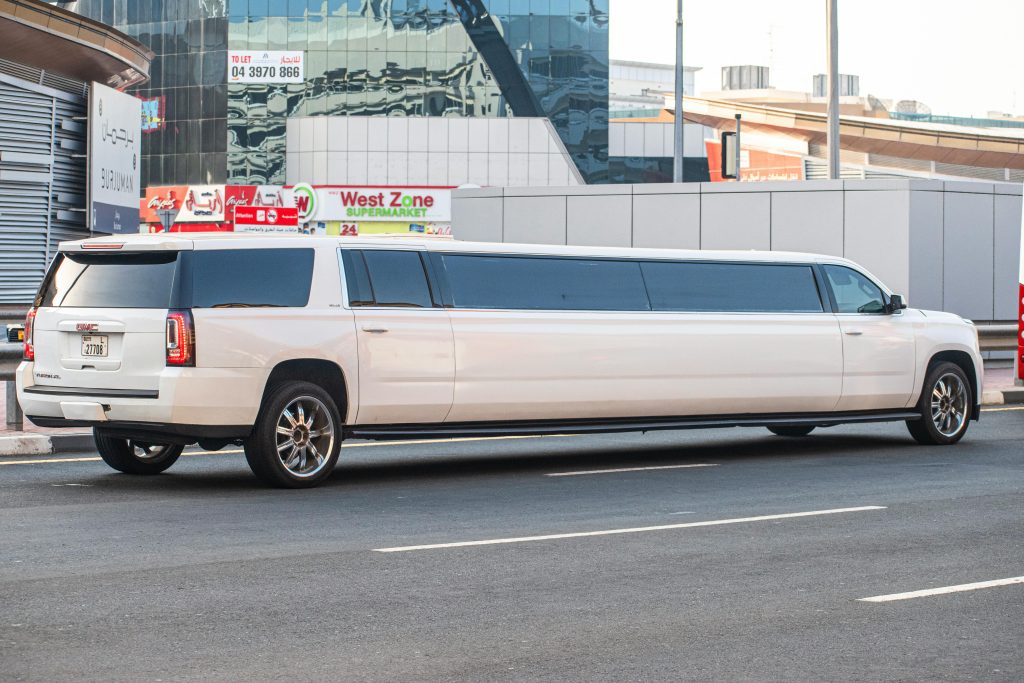We Need Safety Inspections, But The Tint Checks Are Absurd And Inconsistent.
More than two-thirds of U.S. states have some form of an equivalent to Hawaii’s annual vehicle safety inspections, whether it’s periodic brake checks or emissions testing. A few states require both safety and emissions checks, but not necessarily every year. Some others, like Montana and Florida, don’t require any sort of vehicle testing at all.
Vehicle safety and by extension, road safety, are admirable goals. The condition of a car’s brake pads can make the difference of life and death in an emergency. Bald tires beget hydroplaning in wet conditions. Functioning mirrors reduce blind spots. Working headlamps increase visibility both at night and during the day; the state of New Mexico even mandates daytime headlight use on stretches of Interstate highways in designated safety corridors.
Window tint has benefits, too. It can reduce daytime glare from the sun that would otherwise obstruct a driver’s field of vision. But too dark a tint, and you reduce nighttime visibility. As many roads throughout the state of Hawaii are poorly lit, it’s understandable why safety checks often fail because of tint that doesn’t quite meet the variable light transmission (VLT) requirements.
But, if you’ve driven around for any length of time in the state of Hawaii, you soon begin to realize that the safety checks, especially the tint component, are comically inconsistent. Vehicles that pass inspection one year might not pass the next, even without any alterations to the window tints, receipts be damned. Cars abound with valid inspection stickers despite having tint that’s too dark for a limousine, tail lights that flicker, or treads so thin you could pop the tires by breathing on them. Maybe the repair shop in your neighborhood routinely fails vehicles for being a point or two short on their tint reader that hasn’t been properly calibrated in months, while the gas station across the street passes every vehicle so long as it has four wheels. Maybe the mechanic you’ve been going to for years only performs a tint check on the front windows.

Considering all of these inconsistencies, does the state of Hawaii really expect residents to rip the tint off of their vehicles before inspection every year, even if they adjusted the level of tint with the expectation that it would remain within the legal requirements to pass inspection? So far, the answer to this question appears to be an apathetic yes.
As previously stated, the vehicle inspection process across the U.S. varies greatly by jurisdiction. While some states require inspections to be carried out at official government-run stations, others, like Hawaii, outsource this duty to private businesses such as repair shops, gas stations, and tire centers, so long as they receive the proper state certification to perform these checks.
In spite of a statewide computerized system that tracks safety inspections and failures, private businesses have more of an incentive to run their own show, so to speak, with varying degrees of zeal or leniency. Mechanics don’t make all that much of a margin on safety checks, but they still have to dedicate a sufficient block of time for them when they could be assisting other customers that actually bring in real money to their shop. In comparison, other proprietors who may have received warnings from the state for being too lenient, now have a greater incentive to be more stringent and nit-picky.
The purpose of this piece isn’t to deride safety inspections altogether. There is no conspiracy between tint shops and the state government to collect more general excise taxes (although that would make an interesting story if it were true). The biggest problem with these routine tint failures is that they delegitimize getting a safety inspection in the first place. Depending on the county in which you reside, it’s not uncommon to see vehicles driving around with expired safety tags, some of which clearly haven’t seen a mechanic in several years, which means they’re probably not registered, either. You can’t renew vehicle registrations in Hawaii without a valid safety inspection. This inherently makes our roadways less safe. It’s one thing if your vehicle tint’s VLT value is clearly down into the teens or 20s. But when inspections are rejecting factory tint for reads that are a point or two outside of the acceptable range, this is a bureaucratic problem and not a compliance problem.
If other things can pass or fail during an inspection based on common sense and judgment like tire treads or cosmetic defects, it defies logic that window tint has to be precisely measured by a machine that’s only as reliable as its operator. The tint readers are certainly helpful tools to make determinations, but they should not have the final word, especially when they are, just like humans, prone to error.
– HawaiiLocal.News
